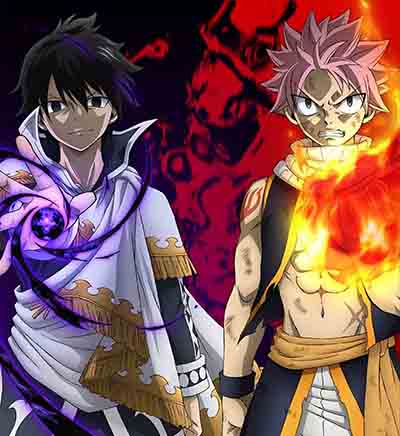
Children already know that dragons exist. Chesterton:įairy tales do not tell children the dragons exist. One of my favorite quotes about fairy tales comes from G. They see great obstacles overcome by ordinary characters. Striving for kindness and humility in life matters.ģ. Being vile and black of heart will affect your life. The lesson is that your actions matter and the choices you make lead to outcomes. The lesson isn’t that being “pious and good” leads to a cushy, perfect life with a prince in a castle. Remain pure of heart and become a princess! Be vile and black of heart and get your eyes pecked out by pigeons! Extreme, yes, but this is how fairy tales teach us. The characters are defined by their actions, and their actions determine their fate. At the beginning of the story, she is exhorted by her dying mother to remain true to these qualities, and she holds fast to them throughout dire circumstances. In contrast, Cinderella is described as “pious and good” and loyal to the memory of her dear mother but not necessarily called beautiful (or blonde with an unblemished complexion, for that matter). …two daughters who were beautiful and fair of face, but vile and black of heart… Have you ever read a translation of the original Grimm’s story of Cinderella? We tend to think of the mean stepsisters as ugly, awkward, and jealous of Cinderella for her radiant beauty. The simplicity of good overcoming evil is deeply reassuring to a child struggling to make sense of the wide world around them. In her book Once Upon a Time: A Short History of Fairy Tale, Marina Warner states is this way:įairy tales are stories that try to find the truth and give us glimpses of greater things. However, children typically hear and accept simplified elements as metaphors better than any adult who is knee-deep in the complexities of real life. We might fret about how these details could negatively impact kids. They often contain oversimplifications because that’s a function of how they teach us universal truths. Gray areas rarely exist within fairy tales because that isn’t the point. In this context, such things don’t matter.Ĭharacters are pure representations used to illustrate what the story is teaching us.

We’re almost never privy to their motivations and inner thoughts. Fairy tales, however, are not.įairy tale characters have clear traits – good, clever, kind, evil, callous, devious. Real-life conflict is layered with complexity.


We want our children to be prepared for the harshness of real life, bolstered for life’s difficulties. Bad things happen to good people no matter their right choices. The scoundrel has a sympathetic back story. We live in a literary time of realism and post-modern anti-heroes. We highly recommend you embrace the weird, sometimes intense, yet powerful versions of these wonder tales.ĥ Reasons Fairy Tales are Good for Children 1.


 0 kommentar(er)
0 kommentar(er)
